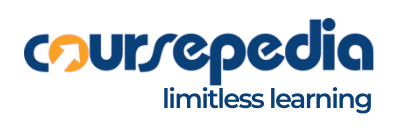
- Curriculum
- Reviews
SECTION 1: MUSCULOSKELETAL SYSTEM
SECTION 2: THE SKELETAL MUSCULAR SYSTEM
-
8Muscle Structure
-
9Conditions Causing Muscle Weakness and Spasm
-
10Trigger Points (Myodysneurias)
-
11Strains and Sprains
-
12Characteristics of Selected Musculoskeletal Processes
-
13General Symptomatology
-
14Reactions of Skeletal Muscle to Disease
-
15Disorders of Growing Bone
-
16Osteogenic Tumors
-
17Reticuloendothelial Disorders
-
18Infectious Bone Lesions
-
19Common Malformations and Developmental Anomalies of Bone and Joint
-
20Classification of Common Local Diseases of the Vertebrae and Pelvis
-
21Spinal Curvatures
-
22Spinal Biomechanics
-
23Quiz
SECTION 3: THE SPINAL SUBLUXATION
-
24Subluxation: A Clinical Entity
-
25Stress Reflex Subluxations
-
26Criteria Indicative of Subluxation
-
27Classification of Subluxations
-
28Biomechanical Classification of Spinal Subluxations
-
29Mechanics Involved in the Spinal Examination
-
30Segment Deviation in Distortion Patterns
-
31General Methods in Spinal Analysis
-
32Skin Temperature Analysis
-
33Influence of Subluxations on Posture
-
34General Description of Various Types of Spinal Curvatures
-
35Wrapping Up
-
36Quiz
Please, login to leave a review




